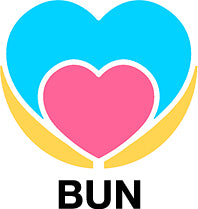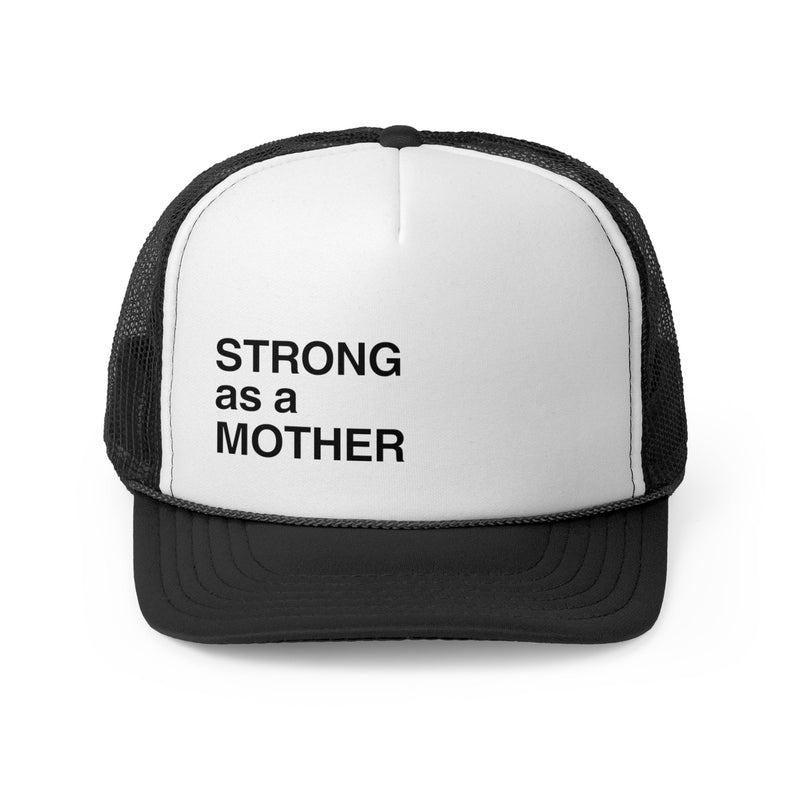
The moment your baby is placed in your arms for the first time is unforgettable. Among the many new experiences you’ll share in those early days, nursing your newborn can be one of the most beautiful—and sometimes, one of the most challenging.
If you’re a first-time mom or even nursing for the second or third time, every baby is different. It’s normal to have questions, to feel unsure, and to need a little extra support as you find your rhythm.
At Bun Maternity, we believe in empowering moms with comfort, confidence, and connection—because a calm, confident mama can make nursing a whole lot easier.
1. Getting Started: First Feeds Matter
Experts recommend initiating breastfeeding within the first hour after birth if possible. This “golden hour” not only helps your baby get those first immune-boosting drops of colostrum, but also strengthens the bond between you and your little one.
Tip: Keep your baby skin-to-skin as much as you can. It helps regulate their temperature, calms their breathing, and encourages feeding cues.
Also, the latch doesn't always happen right away and it's not always natural. Just keep trying. Speak to a lactation consultant if possible, have a breast pump, and find support if you can.
2. Finding a Comfortable Nursing Position
Your comfort matters just as much as your baby’s latch. There’s no one-size-fits-all, so try different breastfeeding positions to see what works best for you:
- Cradle Hold – Baby’s head rests in the bend of your arm.
- Football Hold – Tucks baby under your arm like a football; great for C-section recovery.
- Side-Lying Position – Perfect for night feeds or postpartum recovery.
Why this matters for you: The right position can prevent back pain, shoulder strain, and sore nipples—three things that can make nursing unnecessarily hard.
3. Mastering the Latch
A deep, comfortable latch is the foundation of successful breastfeeding. Signs of a good latch include:
- Baby’s mouth covers more of the areola than just the nipple
- No clicking or smacking sounds
- Baby’s chin presses into your breast
- You feel tugging, not sharp pain
If you’re struggling, don’t wait—ask a lactation consultant for help. Even one hands-on session can make a huge difference.
4. Feeding on Demand
Newborns eat often—sometimes every 1–3 hours, including at night. This frequent feeding not only nourishes them but also helps establish your milk supply.
Watch for hunger cues: Rooting (turning head toward touch), sucking on hands, and fussiness. Crying is actually a late sign of hunger.
5. Making Nursing in Public Easier
Feeding your baby wherever you are is your right—and it should feel natural, not stressful. That’s where Bun Maternity’s USA-made nursing tanks and tees shine. Our discreet lift-up designs make it simple to feed your baby without fumbling with layers or covers, whether you’re at a café, the park, or running errands.
Because when you’re comfortable and confident, your baby feels it too.
6. Taking Care of Yourself
Breastfeeding is beautiful—but it’s also physical work. To keep up your energy and milk supply:
- Drink plenty of water (keep a water bottle handy during feeds)
- Eat nutrient-dense snacks
- Rest whenever you can (yes, laundry can wait)
Your well-being matters—because a nourished, rested mama can better nourish her baby.
The Takeaway
Nursing your newborn is a journey—sometimes smooth, sometimes bumpy, but always worth it. Give yourself grace, trust your instincts, and remember: you and your baby are learning together.
And when you need clothing that supports your breastfeeding journey, Bun Maternity has you covered—literally. Soft, breathable, and made in the USA, our nursing wear is designed to make every feed just a little bit easier.
















0 comments